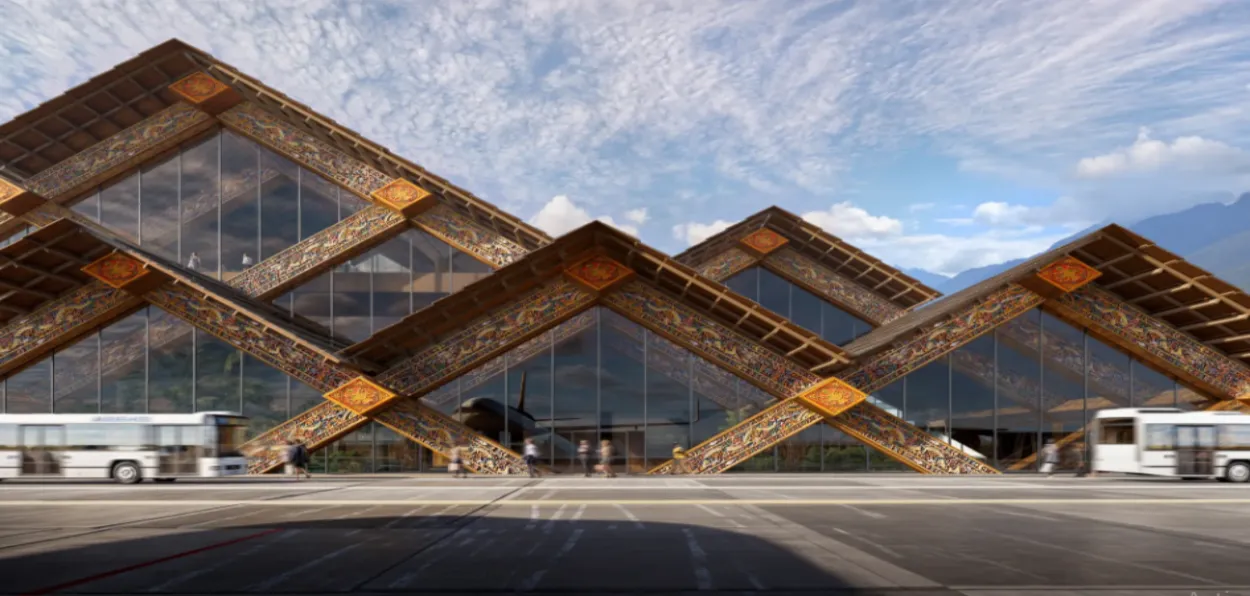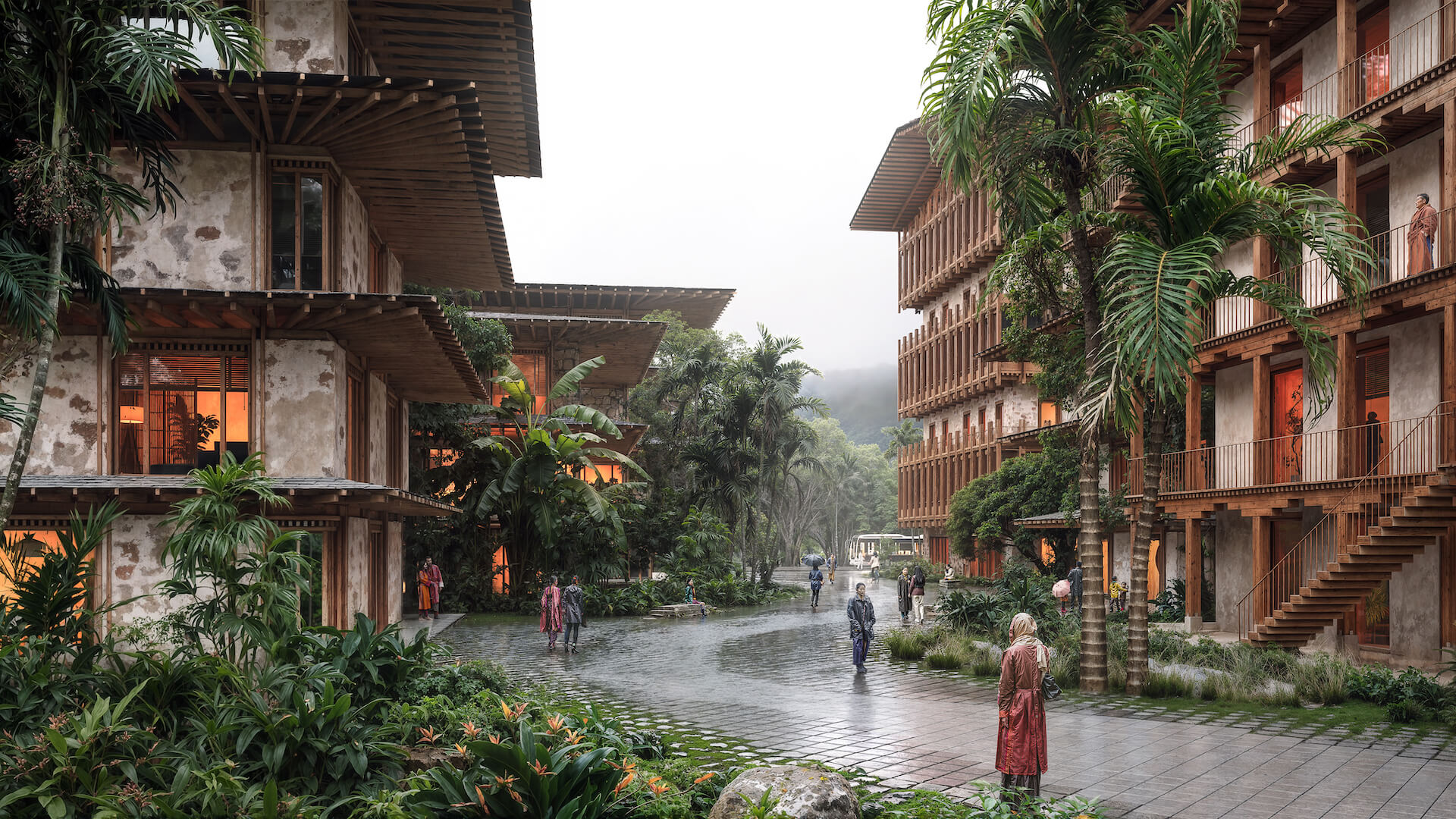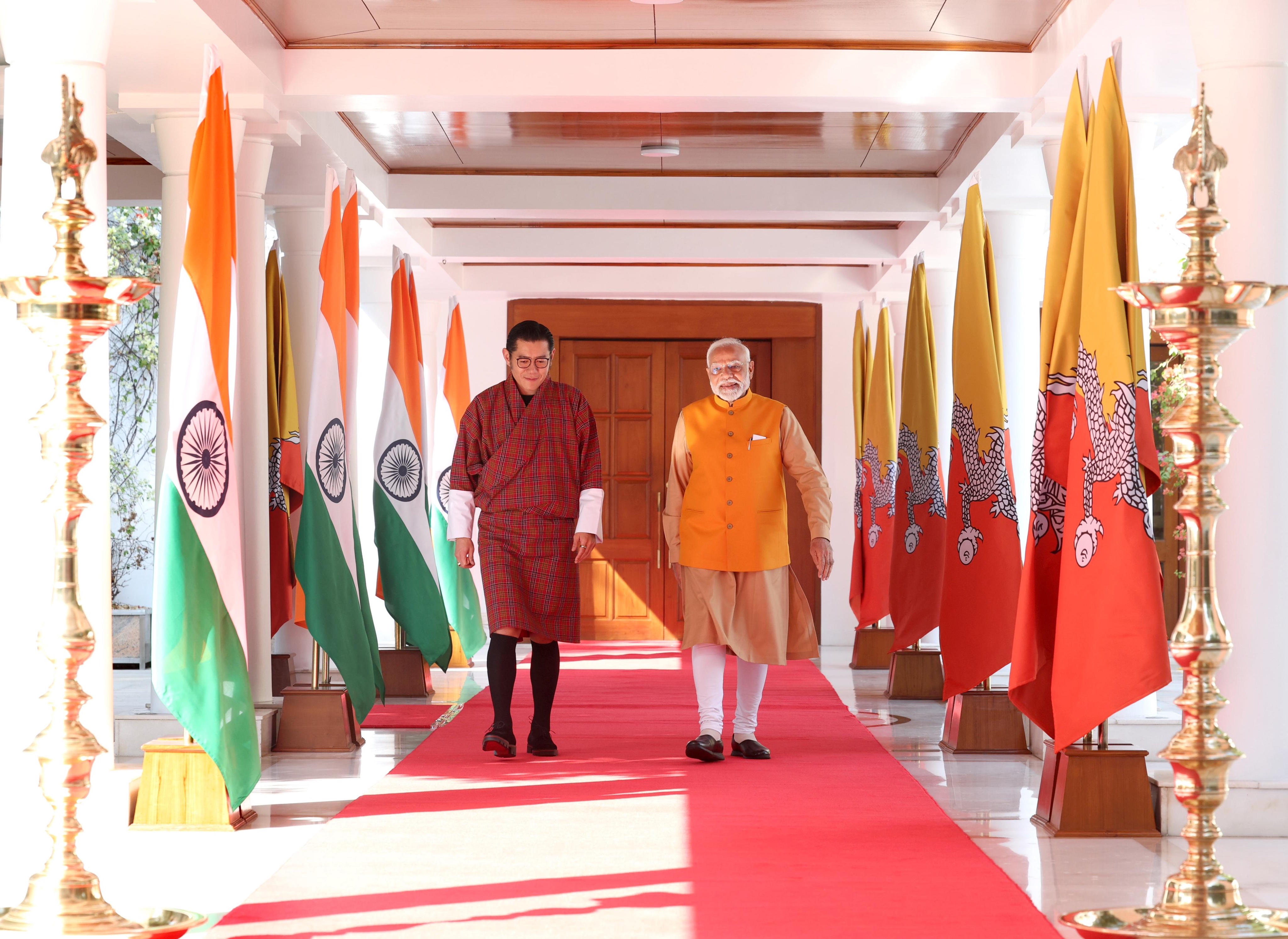
Aditi Bhaduri
The Kingdom of Bhutan is opening up, and India must be prepared to avail itself of the opportunities it offers. Often dubbed the last Shangri-la on earth for its fairytale location and pristine beauty, Bhutan has kept itself isolated from the world for much of its existence. However, that is set to change.
The upcoming Gelephu Mindfulness City (GMC) will be Bhutan’s portal to greater interaction with the world. India is well poised to play a defining role in this initiative, as a recent roadshow, "Gelephu Roadshow - Where Mindfulness Meets the Future: Connecting India and Bhutan for Sustainable Development and Global Cooperation," organised by the Punjab, Haryana, Delhi Chamber of Commerce and Industry (PHDCCI), revealed.
Gelephu has been an important tourist destination, located at the crossing of India and Bhutan, approximately 50 km from Bongaigaon (Assam), and 340 km from Siliguri, in West Bengal. Conventionally, this border crossing was used for shipping and business between Bhutan and India. Now this 2600 square kilometer territory is earmarked for the "Gelephu Mindfulness City", a special administered region, which will seek to blend modernity, traditional Bhutanese culture, wellness, and the Buddhist concept of mindfulness.
 Gelephu Mindfulness City (Model)
Gelephu Mindfulness City (Model)
It was conceived by His Majesty King Jigme Khesar Namgyel Wangchuck, mainly to stem the flow of Bhutanese seeking employment in foreign lands. The kingdom has been grappling with brain drain that has reached an alarming 9 percent, with negative demographic repercussions for Bhutan’s less than a million people. The GMC will harmonize Bhutan’s traditional culture and its gross national happiness with modernisation, employment opportunities, and aspirations of the modern generation for hi-tech and economic prosperity.
The King has visited India twice to discuss his plans for the city and to seek investment and collaborations from the Indian private sector in infrastructure development, hospitality, hotels, educational institutions, IT, and wellness centers. India has responded positively.
During the King’s visit to New Delhi in December, both sides emphasised the importance of bilateral projects, which included the GMC Project. A joint statement issued after the King met with Prime Minister Narendra Modi assured “India’s continued support for the Gelephu Mindfulness City Project, which will bring prosperity and well-being in Bhutan and also the border areas, and further strengthen economy and investment linkages between the two countries.”
The last sentence is key to understanding the importance of India’s involvement in the GMC. This is also what a GMC team came to India to scour for recently. It is an ambitious and grandiose project that demands enormous investments and know-how. The project includes upgrading border infrastructure, building a new international airport, and exploring railway connections to India.
This automatically opens up investment and business opportunities for Indian businesses. Given the proximity to India - the SAR will border a bit of West Bengal, and majorly Assam - this has the potential to open both these states as well as India's northeast region to greater tourist footfall. Infrastructure development in GMC will automatically result in infrastructural development and connectivity in India's eastern and north-eastern region.
 King of Bhutan Jigme Khesar Namgyel Wangchuck with Prime Minister Narendra Modi in New Delhi
King of Bhutan Jigme Khesar Namgyel Wangchuck with Prime Minister Narendra Modi in New Delhi
or instance, Assam's Chief Minister Himanta Biswa Sarma has greenlighted plans to build transportation links, including a six-lane highway between Bongaigaon and Gelephu, a new railway track from Guwahati to Gelephu via Kokrajhar, potentially featuring luxury trains like Vande Bharat. The expanded Guwahati airport will complement the planned GMC Airport. Such facilities and infrastructure will stimulate tourism, which will diversify the country's economy and revenue earning without the burden of tariffs.
To be developed as a "Zero Carbon City" in keeping with Bhutan's policy of sustainable development and no polluting industries, the GMC is further positioned to be a hub of knowledge, technology, and finance - all spheres where Indians are adroit. As Bhutan’s Prime Minister Tshering Tobgay said: "Gelephu embodies the co-operative spirit, as every citizen of Bhutan is both a shareholder and a stakeholder, actively participating in this significant initiative."
This would be applicable to Indian shareholders too. GMC will be developed as an international SAR with its own legislative base, modelled on that of Singapore's. This would enhance investor confidence and protection. Bhutanese authorities understand that while the basic framework for the city would be rooted in traditional reverence for nature and ecology and Buddhist values, they cannot impose their traditions and values on the governance and administration of GMC, as it is envisaged to be an "international city". This will also open employment opportunities for Indians.
Beyond the commercial incentives, however, Indian involvement in GMC would also be strategic in nature. From the time it was conceived a little more than a year ago to now, South Asia has undergone tremendous upheavals - from the coup in Bangladesh to Operation Sindoor. It is the most fragmented region in the world. Against this backdrop, the GMC project paves the way for a triad - India, Bhutan, and Nepal, which is also joining the project - to emerge in South Asia.

The projected image of Gelephu Mindfulness City
A continuous and sustained Indian presence in a country like Bhutan, sandwiched between giants India and China, would be of enormous benefit. Bhutan is our closest and friendliest neighbour, and has consistently chosen India over China. Its economy, connectivity, and even cultural and spiritual heritage are entwined with India. Hence, all the more reason for India to be an equal partner with Bhutan in the development of the GMC.
By staying invested in Bhutan, India would not cede strategic space to any other country. This is especially pertinent as Bhutan and China inch towards normalization of the border dispute and establishment of diplomatic ties.
Finally, by teaming up with Bhutan, India would enable Bhutan to maintain its unique cultural identity and also peddle its own soft power through Buddhism, yoga, traditional Bhutanese medicine, and the wellness industry.
As some forces are attempting to appropriate Buddhism, one of India's finest gifts to the world, the India-Nepal-Bhutan triad can promote traditional Buddhist tradition and culture. This, in turn, can reactivate pilgrimage and tourism along the Buddhist circuit - from Lumbini in Nepal to Bodhgaya, Sarnath, and Kushinagar in India. Hence, any aspect of GMC will have a spillover effect in India in positive terms, converging with both India's policies of Neighborhood First and Act East policies.
ALSO READ: 10 Muslim changemakers of West Bengal
Last year, during his visit to the Kingdom, Prime Minister Narendra Modi announced the doubling of financial support to Bhutan from 5000 crore rupees to 10,000 crores over the next five years, and voiced his support for GMC. The Indian private sector must complement all the Government's efforts.
